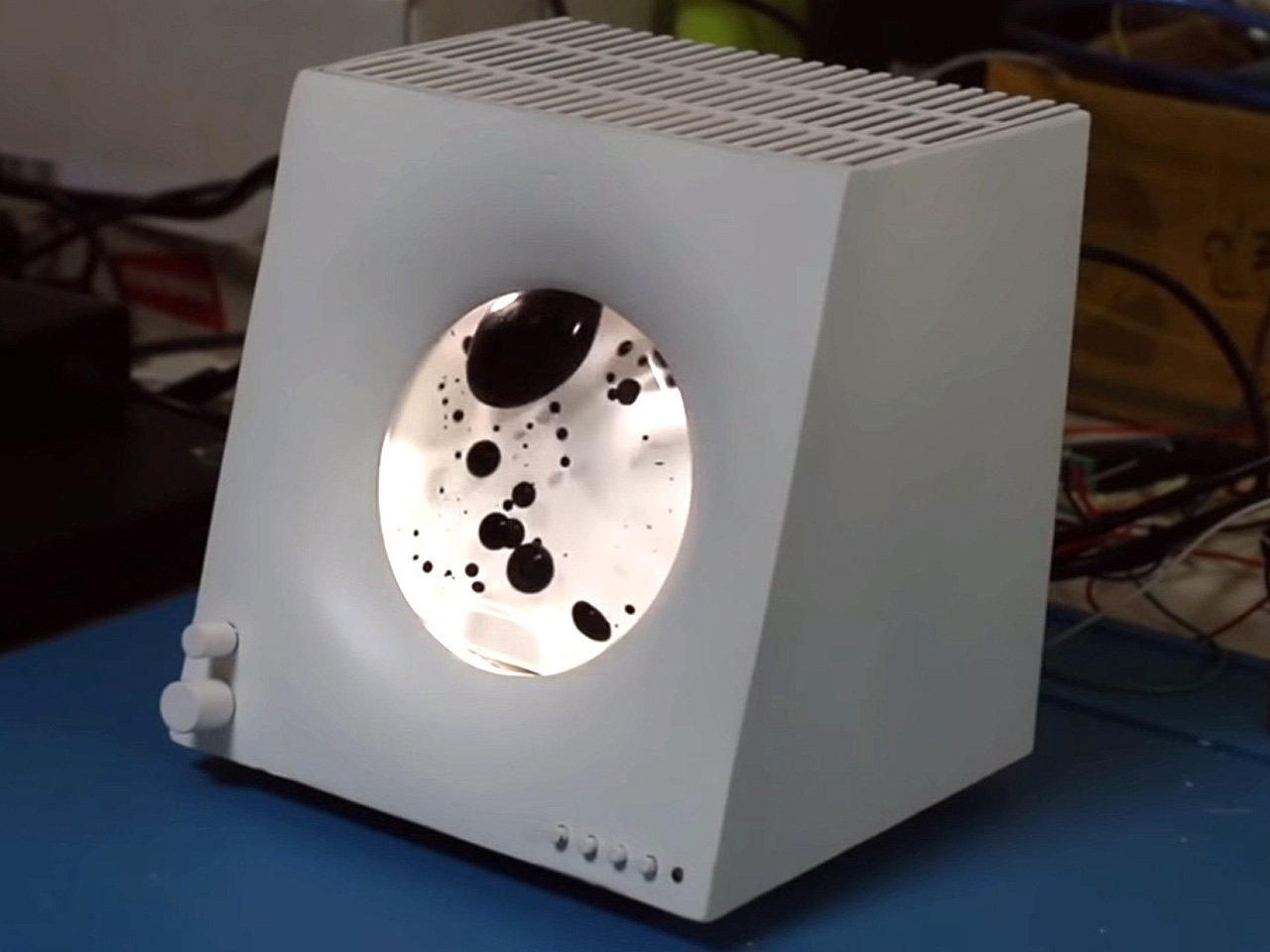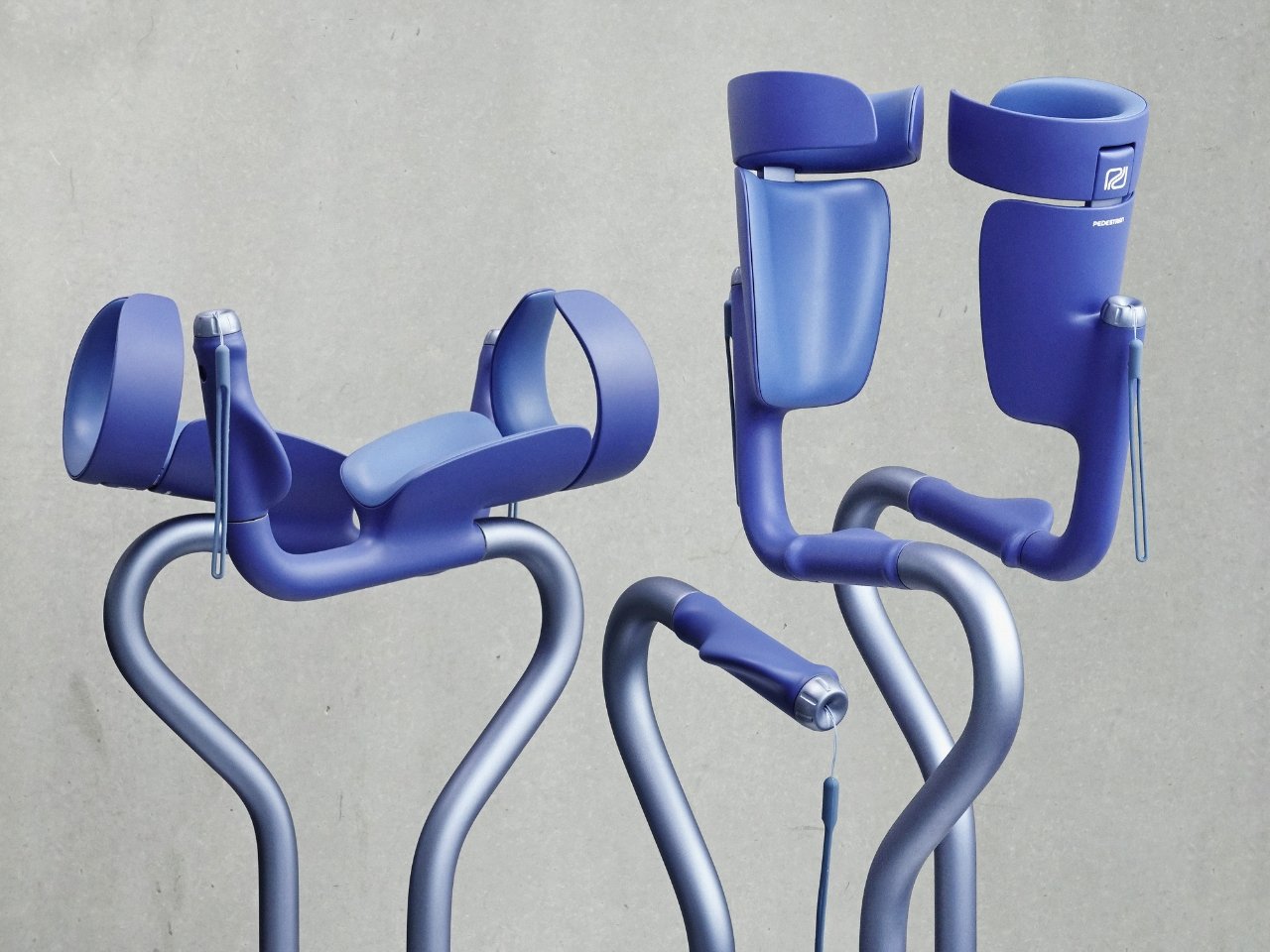It’s a matter of time before humanoid robots enter the workforce. In this recently-released video, Boston Dynamics shows their Atlas ‘bot autonomously moving parts from one storage unit to another. “There are no prescribed or teleoperated movements; all motions are generated autonomously online,” the company writes. “The robot is able to detect and react to changes in the environment (e.g., moving fixtures) and action failures (e.g., failure to insert the cover, tripping, environment collisions) using a combination of vision, force, and proprioceptive sensors.”
What’s eerie is that the ‘bot has a humanoid form, yet does not move like a human. When moving away from the storage units, it begins walking backwards and twists its torso around in a way no human could. Which begs the question: Do these robots even need to have a “front” and a “back?”
The idea behind making them humanoid in form is that they would more easily fit within an environment designed for humans. But watching the video, I’m wondering: Are they unnecessarily introducing limitations by having the form too closely mimic the human body? Do the feet need to be directional? Do the elbow and knee joints need to only move one way? Oughtn’t it have 360-degree vision, rather than simply having “eyes” in the “front” of its head? It seems to me that the ‘bot would be faster at the demonstrated task, if it didn’t have to turn around at all as it moves between the two units.
That these things are going to replace human workers is, sadly, no longer a question. So the designers may as well innovate with the way these things move.


